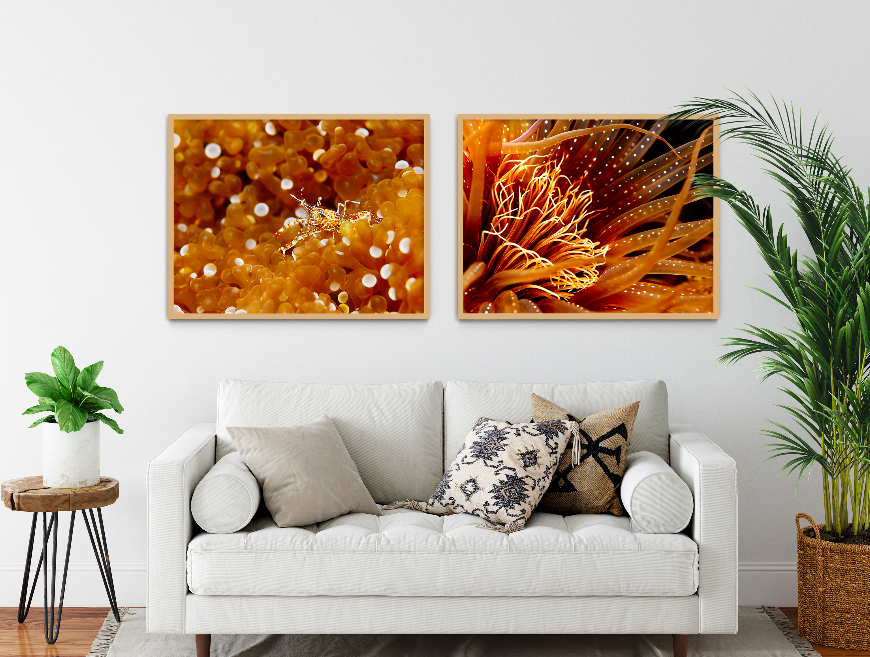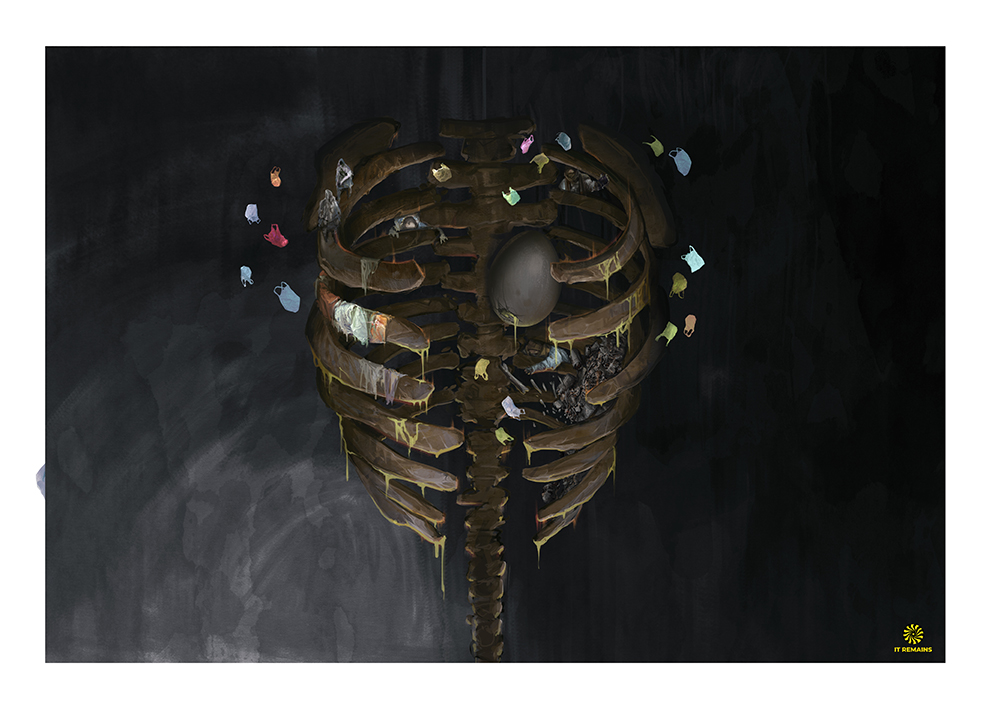Leaving the Old Masters behind, we are now moving forward in Art History towards modernism.
The upcoming lecture at XVA Gallery will examine the most influential artists and their masterpieces from the end of the 18th century to the middle of the 19th. Join us to discover which artists and movements provided the foundation for modern art.

In the 19th century, Paris became the artistic capital of Europe. The Académie Royale (French Royal Academy) rose to great prominence, becoming the sole decisive body determining the success of any artist. Every year, the Academy organized an art exhibition, called the Salon. It was the only most prestigious art event, and who didn’t exhibit at THE Salon was as good as irrelevant.
Another crucial point that ultimately enabled the evolution of modern art is the establishment of museums. The art museum is so deeply rooted in our culture that not many recognize the sheer modernity of the institutions in which they see works of art preserved for all time.
The art at the end of the 18th century was dominated by the revival of the culture of Greco-Roman antiquity. As a result, it became known as Classicism, and Jacques Louis David was considered the leading artist of this new style.

At the same time, during the years leading to the French Revolution of 1789, people started to feel like they were living in heroic times and demanded the events of their own time be given the same attention as the legends of Greek and Roman history. As such, Romanticism arose from Classicism. The clearest examples of the continuity of Classicism into Romanticism are the works of Théodore Géricault and Eugène Delacroix.
These artists were getting irritated with the strict rules of the Academy and had no patience for all that talk about Greeks and Romans, the constant imitation of a classical statue.

Liberty Leading the People to the Barricades is an essential masterpiece of the Romantic School. Depicting a contemporary topic (July Revolution of 1830) was in contrast to classical academic art – when large-scale paintings like this one should have been reserved for depicting historical, religious, or mythological scenes. But what we see here is an event from the present day. Delacroix finished the painting within three months after the revolution. People in Paris experienced it unfolding before their eyes; and so they could have resonated with the painting much more.
This shift in the subject matter from fictional mythological stories, biblical narratives, and allegories toward the depiction of everyday life culminated in the art of Realism, embodied in art by Jean-Francois Millet and Gustave Courbet.

Millet was known for portraying hard-working rural people with striking honesty. Let’s look at his depiction of The Gleaners (1857). He places the figures front and center, monumentalizing them. Yet, they remain faceless, more typologies than actual portraits. The contrast between their poverty against the rich, sunlit harvest in the background is hard to miss. Imagine seeing such a painting at the official Salon, where most displayed paintings were still in the polish academic style. Millet made the invisible visible, and it was shocking.
The Salon of 1854 was canceled. Instead, the annual art exhibition was to be included as part of the Universal Exposition of 1855. Gustave Courbet was invited to participate and was asked to produce a new work for the occasion. Hecreated The Studio of the Painter: A Real Allegory Summing Up Seven Years of My Artistic Life.

In this giant painting, now in the Museé d’Orsay, Courbet sought to explore the artist’s social and cultural position. At the same time, symbolically, the artwork served as an overview of French society and its different social and intellectual classes.
To Courbet’s great disappointment, the painting was not approved by the jury, and the artist was asked to exclude it from his exhibition. The artist refused and instead decided to take all his work and open his own “Pavilion of Realism” just outside the official exhibition space, in a circus tent. By doing so, he ultimately stole the thunder from the official exhibit. This was a significant step in art history, as Courbet asserted his independence from the official Salon – a critical precedent for future generations.
What Courbet started, Impressionists finished. Slowly but surely, official Salons were replaced by independent artist’s exhibitions, where it was not the jury, but the public, who was supposed to judge the art on display. This first step towards the democratization of art is precisely where Realism’s modernity lies.



